Tire Size 275/70r17 vs 265/70r17
The main difference between a 275/70r17 and a 265/70r17 tire is the diameter. The 275/70r17 is 0.55 inches (14 mm) larger in diameter than the 265/70r17.
This difference will result in a 1.7% increase in speedometer readings and a 1.7% decrease in revolutions per mile (km) for the 275/70R17 tire.
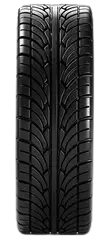

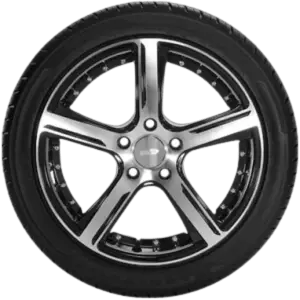





| / | R |

| / | R |
| Parameter | 235/35 R18 | 205/40 R18 | Differ. |
|---|---|---|---|
| Tire Height | |||
| Section Width | |||
| Circumference | |||
| Sidewall Height | |||
| Revolutions | |||
| Rim Size |
Fitment Guide
When replacing tires, the new set should be within 3% of the overall diameter of the originals to avoid issues with speedometer accuracy or fitting in the wheel wells.
The 275/70r17 is 1.7% larger in overall diameter than the 265/70r17, so it meets the 3% limit for direct replacement on most vehicles. However, some vehicles with very tight tolerances may require a maximum of a 1% diameter difference.
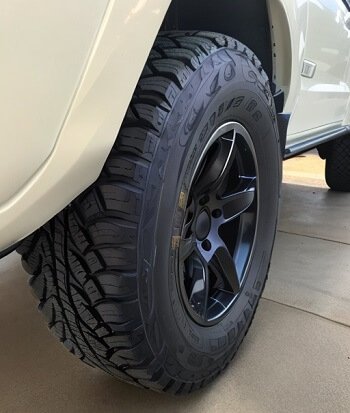
Ground Clearance
With a 1.7% larger diameter, the 275/70r17 provides 0.55 inches (14mm) more ground clearance than the 265/70r17.
This extra clearance is useful for off-road driving, clearing obstacles, and reducing the risk of scrapes and damage. However, the larger diameter also causes a 1.7% lower speedometer reading.
Gas Mileage
The 275/70r17’s slightly larger contact patch and heavier weight can reduce fuel efficiency compared to the 265/70r17.
With less rolling resistance and rotational mass, the 265/70r17 may provide slightly better gas mileage, an important factor for daily drivers.
Ride Comfort
The taller sidewall and greater air volume of the 275/70r17 help absorb impacts from bumps and uneven pavement.
This cushions the ride, especially over very rough roads. However, the difference in ride comfort is modest between the two sizes.
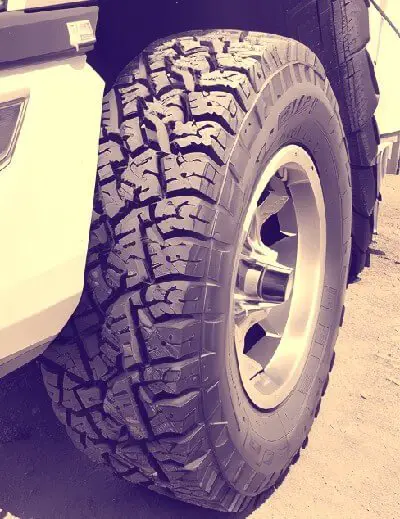
Aesthetics
Visually, the difference between these sizes is minor. The 275/70r17 will have a slightly taller sidewall, giving it a subtly “stretched” look compared to the 265/70r17. This aesthetic can suit some trucks and SUVs better than a lower-profile tire.
Handling & Stability
The shorter sidewall and smaller diameter of the 265/70r17 provide slightly quicker steering response and handling. But both sizes deliver responsive, stable handling for everyday driving conditions.
Noise & Vibration
With its shorter, stiffer sidewall, the 265/70r17 transmits more road noise and vibration into the cabin. The 275/70r17’s extra sidewall flex helps dampen vibrations for a smoother, quieter ride.

Durability & Wear
The 265/70r17’s smaller contact patch concentrates wear over a smaller area, potentially improving even treadwear and extending tread life. The heavier 275/70r17 also stresses suspension and steering components more.
Adverse Conditions
The two sizes perform similarly in rain, snow, and off-road use. The 275/70r17’s extra ground clearance is a slight off-road advantage, while the 265/70r17’s shorter sidewall makes it more responsive on slick roads.
Speedometer Difference
At an actual speed of 20 mph, the 275/70r17 tires cause the speedometer to read 20 mph, while the 265/70r17 tires cause a reading of 19.66 mph.
The slightly smaller diameter of the 265/70r17 tires accounts for this 0.34 mph difference in speedometer reading between the two tire sizes. Drivers should be aware of this variance when switching between these tires.
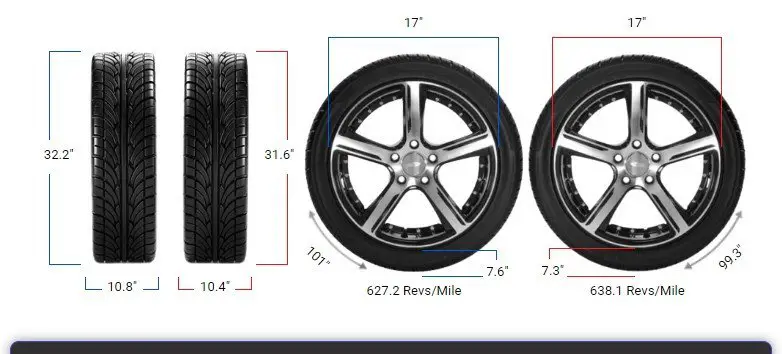
Can I Use 275 Tires Instead Of 265?
Using 275 tires instead of 265 should be acceptable, as the diameter difference of 1.7% falls within the recommended 3% limit.
However, ensure the load capacity of the 275 tires matches or exceeds that of the original 265 tires for safe usage.
265/70r17 vs 275/70r17
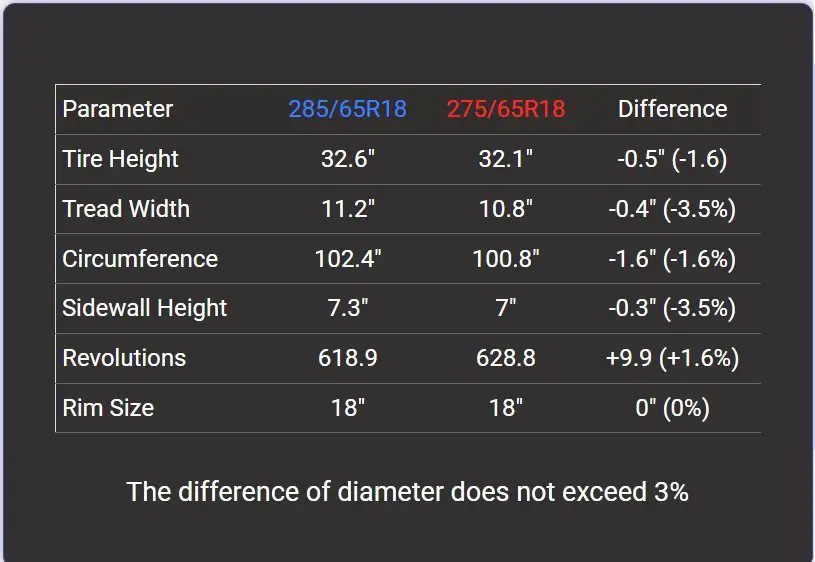
What Does 275/70r17 Mean?
The “275/70R17” refers to a tire size specification. The number 275 represents the tire’s width in millimeters. The aspect ratio, indicated by 70, represents the tire’s sidewall height as a percentage of its width.
The letter “R” signifies it is a radial tire. Lastly, “17” denotes the diameter of the wheel in inches that the tire is designed to fit. The correct conversion from 275/70R17 to inches is 32.2×10.8R17.
What Does 265/70r17 Mean?
The “265/70r17” is a tire size designation. The number 265 indicates the tire’s width in millimeters. The aspect ratio, denoted by 70, represents the tire’s sidewall height as a percentage of its width.
The letter “R” indicates that it is a radial tire. Finally, “17” signifies the diameter of the wheel in inches that the tire is designed to fit. In inches, the tire specifications 265/70r17 and 31.7×10.4R17 are identical.
How Much Taller Is A 275/70r17 Tire Than A 265/70r17?
The 275/70R17 tire is 0.55 inches (14 mm) taller than a 265/70R17 tire, which is a 1.7% difference in diameter.
The tire size 275/70r17 is 32.16 inches (816.86 mm) in diameter, and the 265/70r17 tire size is 31.61 inches (802.64 mm) in diameter.

How Much Wider Is A 275/70r17 Tire Than A 265/70r17?
The 275/70r17 tire is 0.39 inches (10 mm) wider than a 265/70r17 tire, representing a 3.6% increase in width.
The 275/70r17 tire has a width of 10.83 inches, or 275 millimeters, compared to 10.43 inches, or 265 millimeters, for the 265/70r17.
What Size Rim Fits A 275/70r17?
The 275/70r17 tire can fit on a rim with a diameter of 17 inches and a width range of 7.00 to 8.50 inches. The rim width of 8.5 inches is the maximum recommended width for this tire size.
What Size Rim Fits A 265/70r17?
The 265/70r17 tire can fit on a rim with a diameter of 17 inches and a width range of 7.00 to 9.00 inches. The rim width of 9.00 inches is the maximum recommended width for this tire size.
Our Observation
Reviewing the differences between these two tire sizes, it becomes clear that each has advantages suited for particular needs. The 265/70R17 offers responsive handling, even treadwear, and improved fuel economy, making it ideal for daily commuting and regular on-road driving.
Meanwhile, the 275/70R17 provides extra ground clearance, a smoother ride, and enhanced stability that can benefit off-roaders and those driving on rough terrain. Choosing between them depends on your priorities.
For most drivers who spend most of their time on paved roads, we recommend the 265/70R17 as the best all-around size thanks to its crisp handling and efficiency.
But for maximizing ride comfort and traversing rougher conditions, the slightly larger 275/70R17 is a smart choice despite minor drawback

Meet Caitlin McCormack, a Tire Size Expert and Blogger Passionate About Everything Related to Tires. With Years of Experience in the Tire Industry, Caitlin Has Become an Expert in Tire Sizes and Their Impact on Vehicle Performance.
